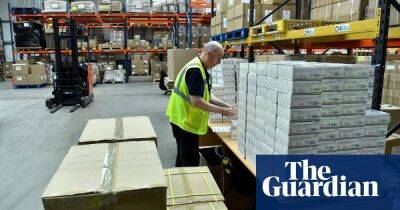Energy regulators had their hands full keeping the lights on this week – but the next crisis might not be far off
In another guise, a generation ago, this columnist regularly huddled with the US ambassador to Mongolia, watching as that country’s main power plant came close to running out of coal.
It was an outcome that would have been catastrophic as the plant also provided heat and kept the drinking water flowing for the million or so residents of the capital, Ulaanbaatar.
How much coal had come by train, how much was burnt, and how much was left – and what friends of the newly democratic central Asian nation could do to help – was our weekly accounting exercise.
Those memories were refreshed after another week when Australia’s main electricity grid seemed to be constantly on the brink.
Origin Energy, owners of Eraring power station on New South Wales’ Lake Macquarie, were literally counting the six trains of coal it needs each day to keep Australia’s biggest power station running at full tilt – and so were regulators.
Those regulators have had a lot to do amid the coldest start to winter in decades.
And the delays in maintenance at ageing coal-fired power stations have been compounded by unplanned failures. The coal fleet typically supplies about 60% of power to the national market.
Automatic price caps aimed at protecting consumers, triggered first in Queensland last Sunday only seemed to make matters worse. Claiming losses at the $300/Mw-hour limit, generators burning expensive gas or coal simply exited the market.
By Wednesday, Australian Energy Market Operator could operate the market no more, overwhelmed by the need to keep ordering generators back on – a move that ensured compensation for those high-cost suppliers. Aemo suspended the entire wholesale market for the first since trading began in 1998, and can’t say when it will
Read more on theguardian.com

 theguardian.com
theguardian.com











![Here’s what Shiba Inu [SHIB] holders should know before selling - ambcrypto.com](https://finance-news.co/storage/thumbs_400/img/2022/7/17/33734_rw4kv.jpg)
![Litecoin [LTC] traders can leverage these price levels for their profit - ambcrypto.com](https://finance-news.co/storage/thumbs_400/img/2022/7/17/33731_g2rh.jpg)



